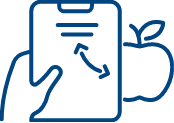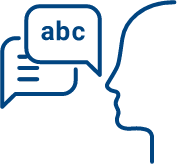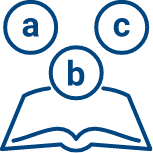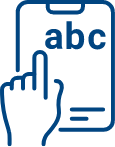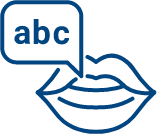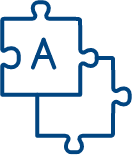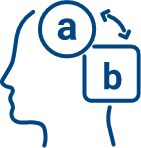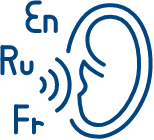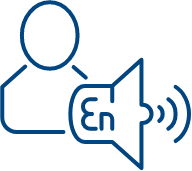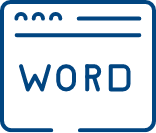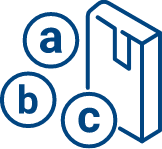Orton-Gillingham for General Education
While Orton-Gillingham has long been associated with dyslexia, it is an approach that can be implemented in the general education classroom as well.
Does the Orton-Gillingham
Approach Work?
While Orton-Gillingham has long been associated with dyslexia, teachers have been advocating for years that the Orton-Gillingham method be utilized in every classroom. Orton-Gillingham is direct, explicit, systematic, and sequential instruction that incorporates multi-sensory elements. A multi-sensory approach means students are learning language by ear (listening), mouth (speaking), eyes (seeing), and hand (writing). The process involves listening to sounds and saying the sounds and names of letters while writing them.

Reading Is Learned
Decades of reading research have shown that reading is not an innate ability. Unlike learning to speak, children must receive instruction and exposure to learn how to read. Since the 1990’s Orton-Gillingham has gained popularity because the approach provides the foundational skills that all young readers need.
Orton-Gillingham is a highly structured approach that breaks reading and spelling down into smaller skills involving letters and sounds and then builds on these skills over time. With Orton-Gillingham, students learn skills that become progressively more complex.

Yes, Orton-Gillingham Works
While there are no easy answers or quick solutions for optimizing reading achievement, an extensive knowledge base exists to show us the skills children must learn to read well. These skills provide the basis for sound curriculum decisions and instructional approaches that can help prevent the predictable consequences of early reading failure.
Structured Literacy programs that utilize Orton-Gillingham strategies work well for general education students. Orton-Gillingham is a highly structured approach that breaks reading and spelling down into smaller skills involving letters and sounds and then builds on these skills over time. Teachers can see how each student progresses and individualize learning based on each student’s improvement. Because of this, educators are able to address early warning signs of reading difficulties to prevent problems later down the line.
Example Components of An
Orton-Gillingham Lesson
Whether it is a program or non-program specific Orton-Gillingham lesson, you will notice many similar components.
The Key Benefits of the
Orton-Gillingham Approach
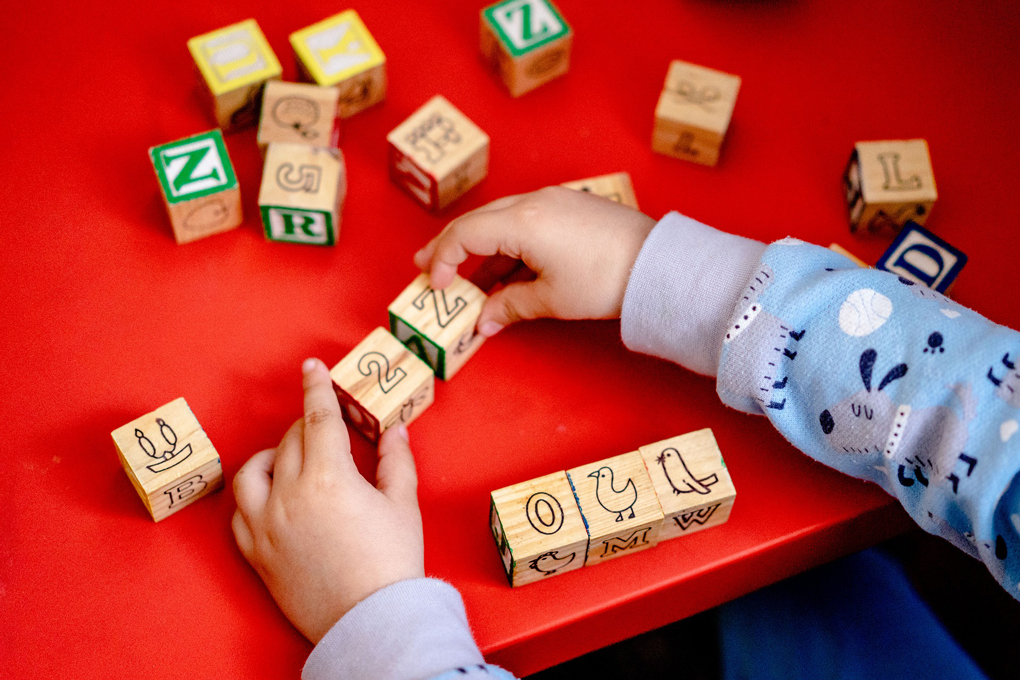
The teaching of new concepts incorporates visual, auditory, and kinesthetic pathways. With this approach, students learn language by ear (listening), mouth (speaking), eyes (seeing), and hand (writing).

lessons are presented in a logical, well-planned sequence. This sequence allows children to make easy connections between what they already know and what they are currently learning.

Each lesson builds carefully upon the previous lesson. This helps students move simple concepts to more complex ones, ensuring that there are no gaps in their learning.

Through direct, explicit instruction, it progresses logically at the primary level and progresses to more advanced concepts that build upon the previous skill learned, with practice and review.
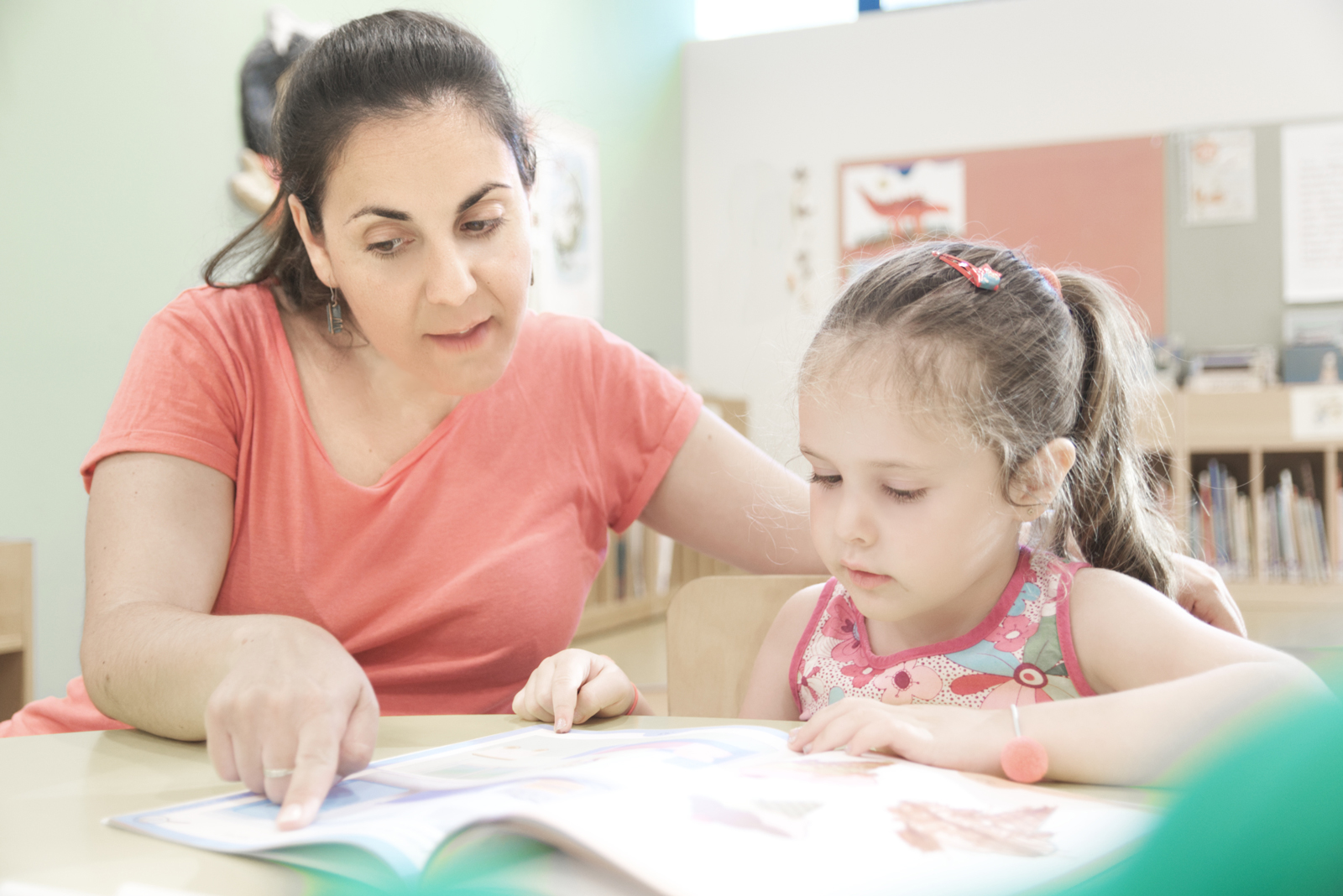
Anna Gillingham once said, “Go as fast as you can, but as slow as you must.” Curriculums that follow this approach make it easy to teach students based on their individual strengths.

By teaching the phonograms and the rules and patterns that spell the vast majority of English words, the Orton-Gillingham approach takes the guesswork out of reading and spelling.

Students are taught exactly what they need to know in a clear and straightforward manner. Students know what they are learning and why they’re learning it.
See Orton-Gillingham as a Part of Structured Literacy Training in Action
Structured Literacy can ensure that students are equally exposed to important foundational literacy skills in a sequential, systematic, and cumulative way.

